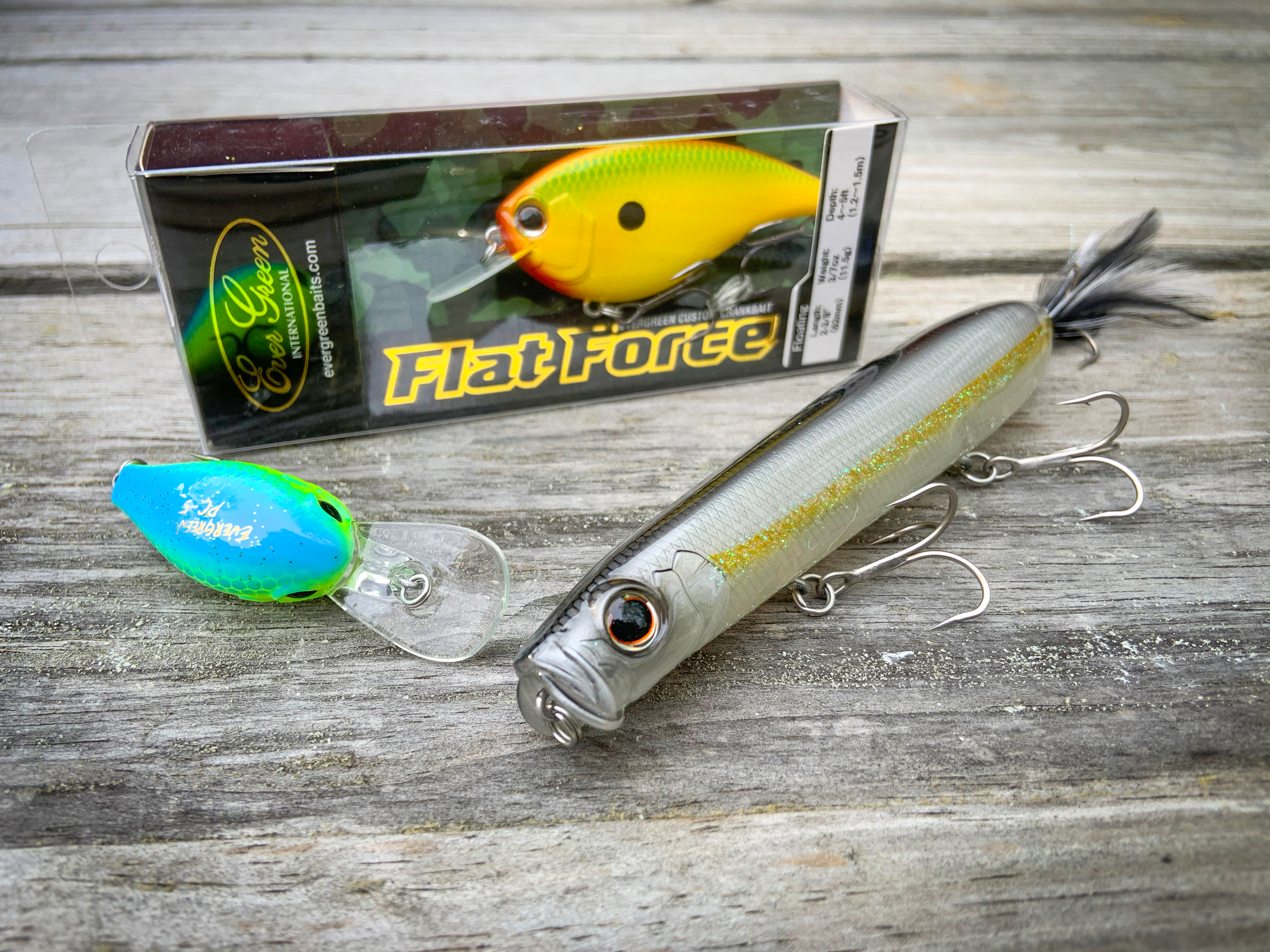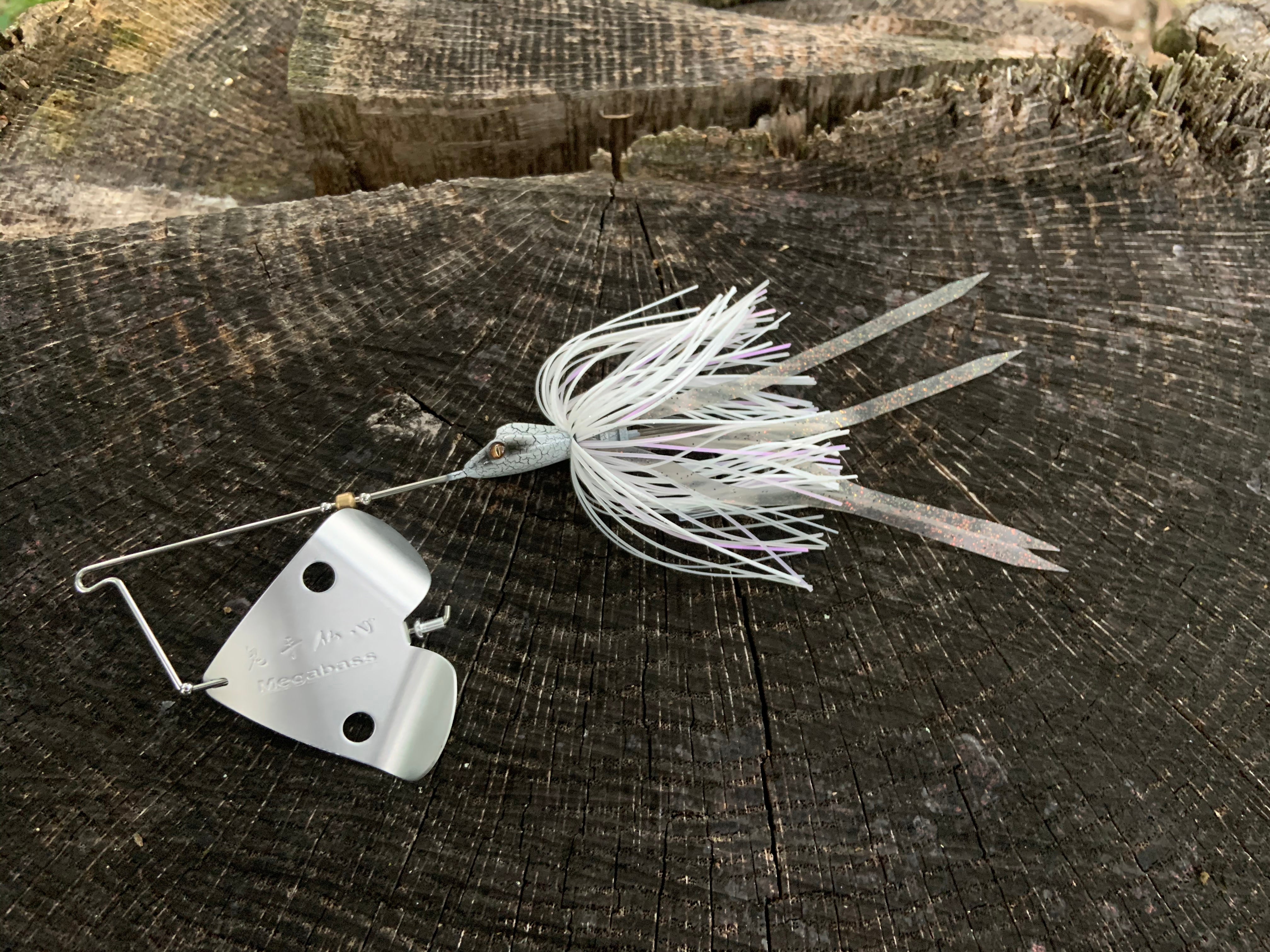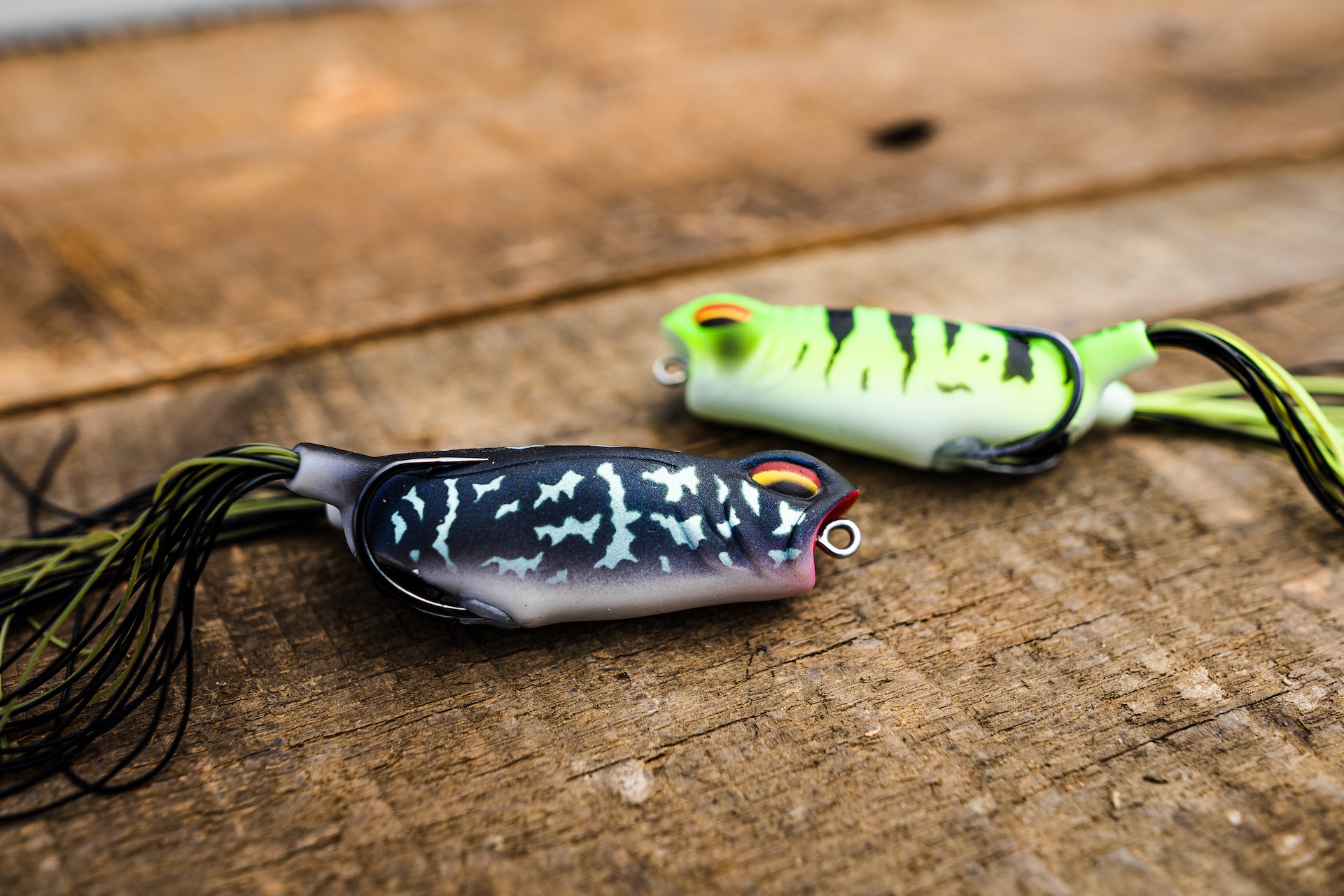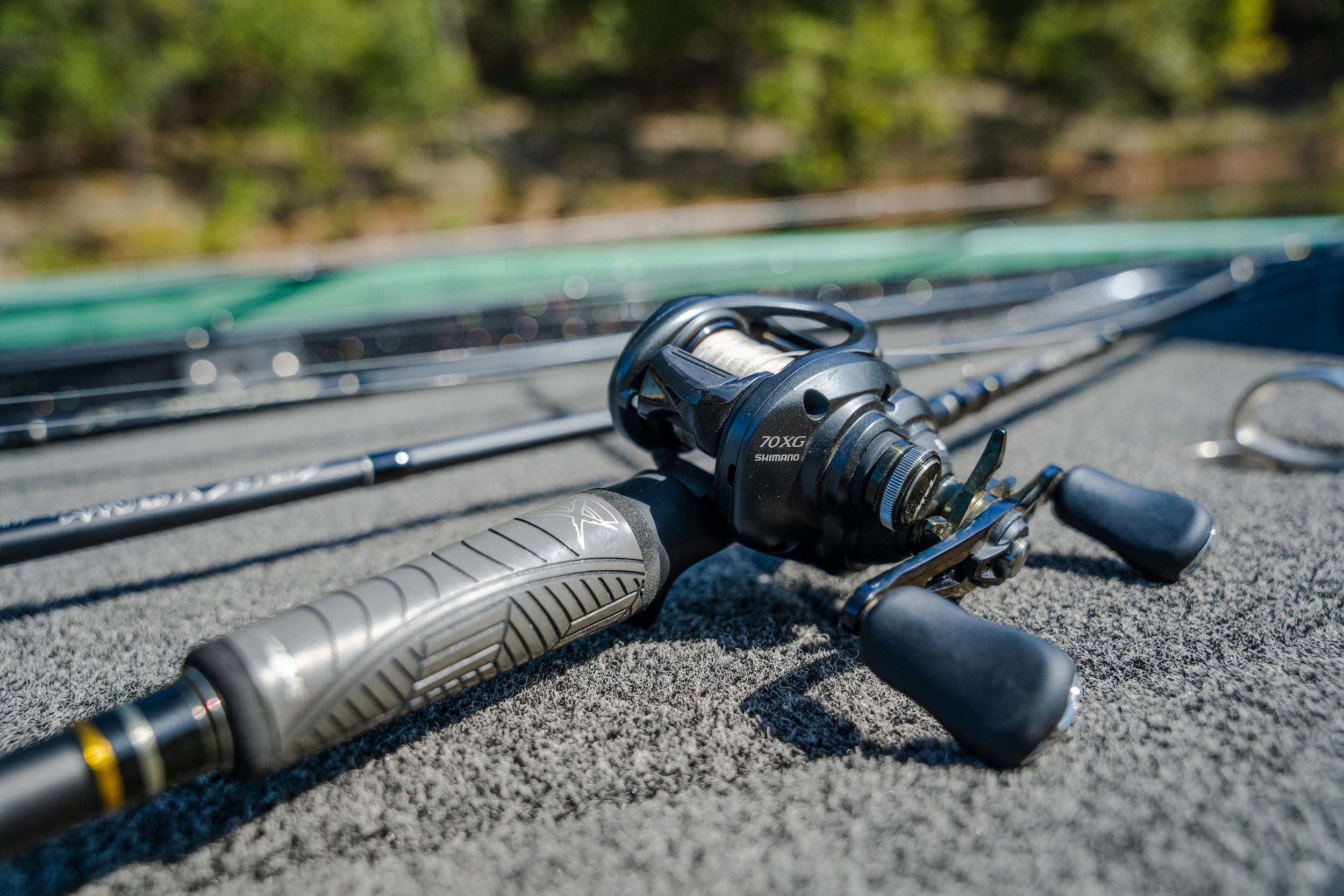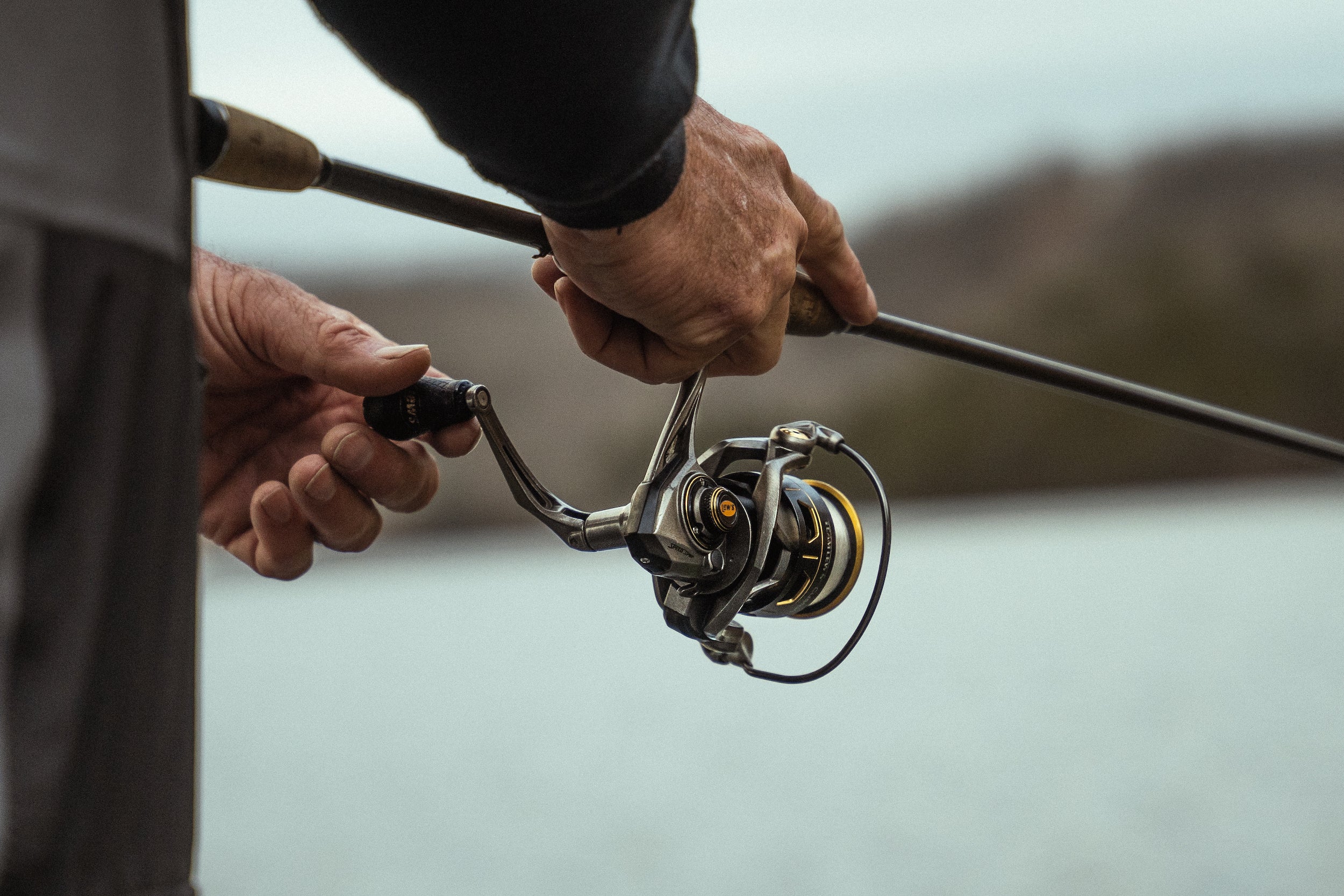Tactics for Targeting Post-Spawn Bass: Techniques and Tips for Success
As the frenzy of the spawning season winds down, the bass fishing scene shifts to an equally intriguing phase: the post-spawn. This period offers unique opportunities and challenges, as bass switch modes from spawning to guarding their fry against predators. Understanding the behavior of post-spawn bass and employing the right tactics can make for some exhilarating fishing. This guide delves into effective strategies for targeting bass during the post-spawn, highlighting key areas, environmental factors, and recommended lures.
Understanding Post-Spawn Bass Behavior:
Following the spawn, bass often remain in shallow water or nearby transition zones, where they take on the crucial role of protecting their young from predators. This guarding behavior triggers a highly aggressive stance towards any intrusion that comes near their territory, which includes lures. Capitalizing on this natural instinct can yield impressive results, but it requires understanding and respecting the bass's role in the ecosystem during this sensitive time.
Identifying Prime Post-Spawn Areas:
To find post-spawn bass, focus on areas close to spawning sites with ample cover where fry might congregate. Such spots typically include shallow flats with leftover nests, as well as adjacent deeper waters with structures like submerged logs, weed beds, and rock piles. These features offer fry places to hide and thus attract guarding bass. Observing where the last active spawning activities occurred can provide clues to locating these post-spawn hotspots.
Timing and Environmental Factors:
Water temperature remains a critical factor during the post-spawn; bass are most active in warmer waters that accelerate metabolism and recovery from the spawn. Typically, temperatures ranging from 60°F to 70°F are ideal. Additionally, the lunar cycle can influence bass activity, with many anglers noting increased aggression during new and full moons, likely due to increased visibility and predator activity during these phases.
Effective Lures and Fishing Techniques:
Choosing the right lures is essential to provoke the protective instincts of post-spawn bass. Lures that mimic the appearance and movement of fry predators, such as small fish or insects, are particularly effective. Topwater lures can be irresistible, as they create visible disturbance on the water surface. Soft plastics worked near or in the nest areas can also trigger strikes from bass eager to eliminate threats to their young. When using these lures, employ techniques that invade the bass's territory quickly and provocatively to trigger an aggressive response.
Regional Considerations in Post-Spawn Bass Fishing:
The timing of post-spawn activity varies significantly across regions. In the Northern states, post-spawn might not begin until late spring or early summer, whereas in the Southern regions, it could start as early as late March. Understanding these patterns is crucial for timing your fishing trips. Additionally, different regions may have varying water clarity and types of cover, which can affect lure selection and fishing tactics.
Best Practices for Post-Spawn Bass Fishing:
Fishing during the post-spawn requires sensitivity to the ecological role of bass in water bodies. Practice catch-and-release and handle bass with care to ensure their continued health and ability to contribute to the population. Also, be aware of local regulations regarding fishing near spawning areas to protect these vulnerable populations.
Fishing for post-spawn bass offers a unique blend of challenges and rewards. By understanding the behaviors associated with this phase and employing the right techniques and lures, anglers can enjoy some of the most thrilling bass fishing of the year. Keep these tips in mind, respect the natural processes of the bass lifecycle, and prepare for memorable fishing adventures.



